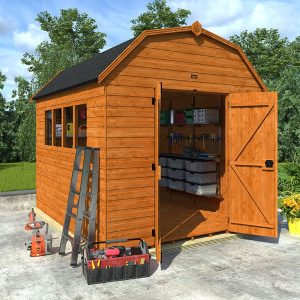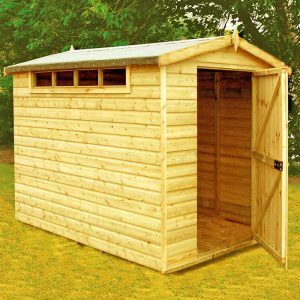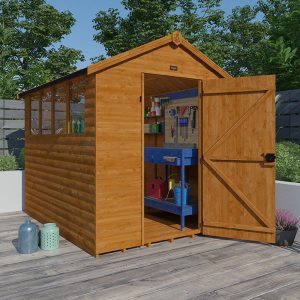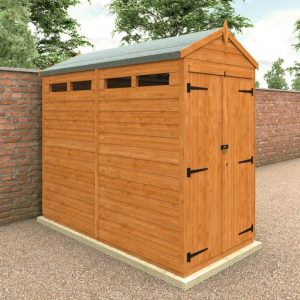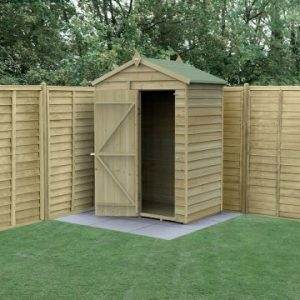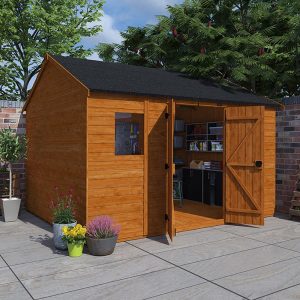This Shiplap Lean-To Bike Storage unit from TigerFlex® offers spacious access with its broad doors and comes in a variety of sizes. Ideal not only for bicycles but other storage needs as well! The innovative modular construction allows for quick delivery and flexible placement of the double doors on your preferred side. Check out the TigerFlex Shiplap Lean-To Bike Storage in the 8 feet by 3 feet dimensions.










